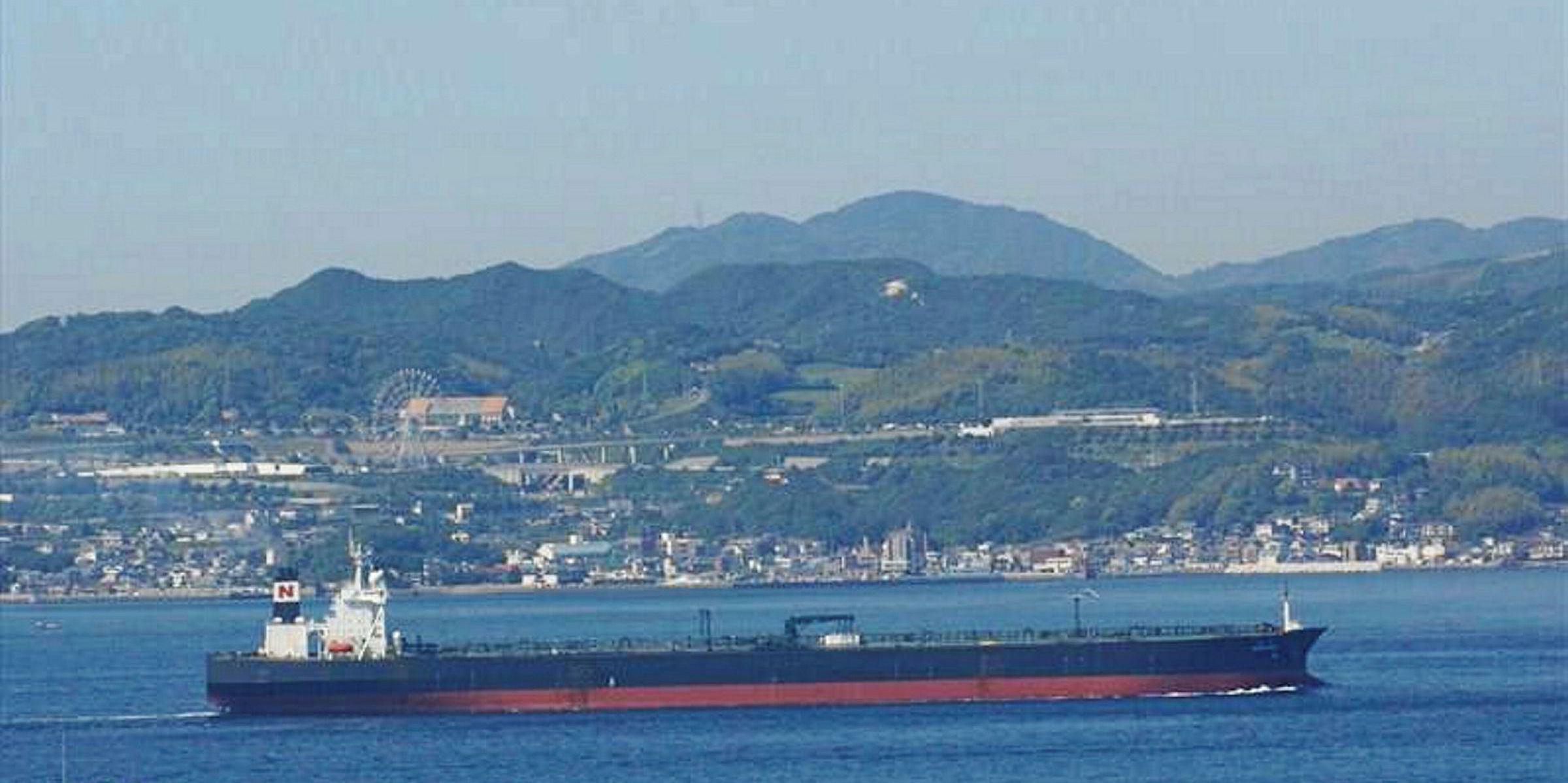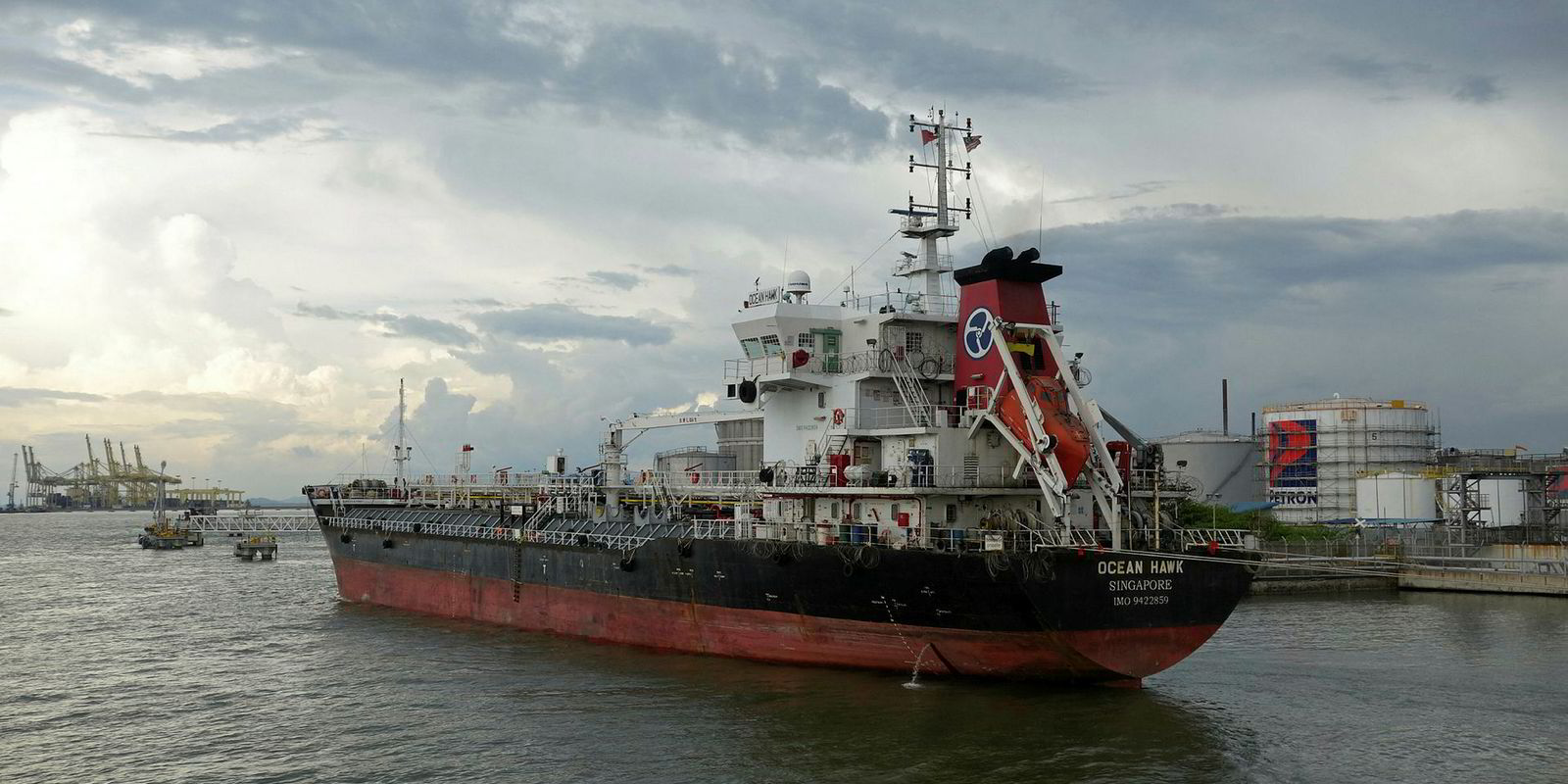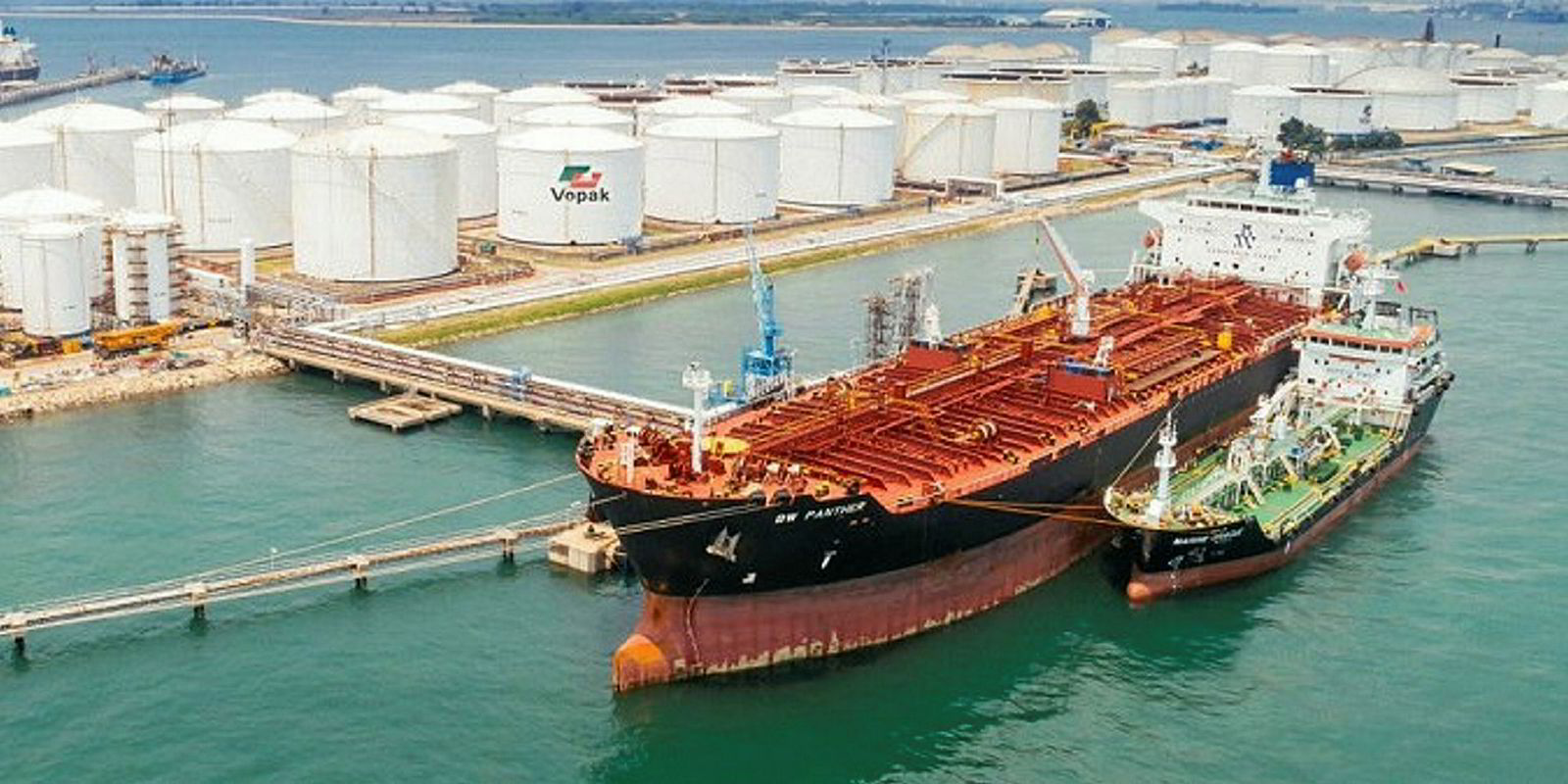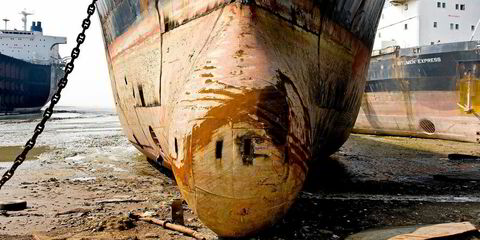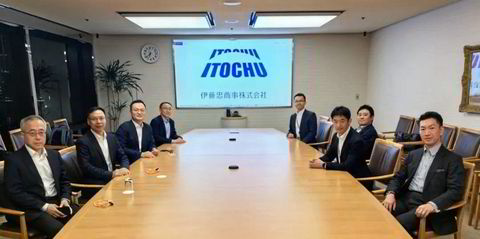Equatorial Marine Fuel Management Services has emerged as the buyer of a VLCC in a rare instance where an independent bunker supplier snaps up a floating storage facility.
Sources involved in the deal confirmed that the Singaporean company won an auction on the Guangzhou Shipping Exchange to buy the 281,705-dwt CS Pioneer (built 1998) from CS Shipping for $15.3m. The price is considered a bargain by some brokers.
CS Shipping — an offshoot of China State Shipbuilding Corp, which operates in the oil storage business — has anchored the CS Pioneer off Malaysia since 2014.
It’s an unusual play, but they have a lot of experience and should know what they [are] doing
Adrian Tolson
Leasing preferred
While bunker suppliers can often have floating storage requirements, few are willing to buy vessels even if they have the financing. Short-term leases are the preferred choice.
“It’s an unusual play, but they have a lot of experience and should know what they [are] doing,” 20|20 Marine Energy senior partner Adrian Tolson said.
The capital requirement for floating storage play is not limited to the vessel side — purchasing enough bunker fuels to fill a VLCC is also costly.
“Maybe they have agreed with a refinery or trading houses [for cargo supply] … It’s a lot of money when you do the math. There is a huge amount of working capital tied up in holding oil,” Tolson said.
Big bunker player
Founded in 2000, Equatorial Marine delivers three million to four million tonnes of bunkers per annum. The Maritime Port and Authority says the company was the fourth-largest bunker supplier in Singapore — the world’s top bunkering hub — by volume in 2018.
With a fleet of 16 bunker barges before the latest acquisition, Equatorial Marine is also involved in ship chartering and oil trading businesses.
“In the future, bunker suppliers may become logistics firms operating tankage or floating storage, bunker barges ... while their fuel is supplied and possibly financed by commodity traders and refiners who don’t want to deal with the distribution and retail credit part of the business,” Tolson said.
IMO 2020
TradeWinds understands that Equatorial Marine may continue to use the vessel as floating storage in preparation for IMO 2020, given its age. However, company president Choong Kien Siong declined to elaborate on its plans.
At the moment, the opportunities are to store blend components. However, from next year, storage opportunities are likely to shift to HSFO instead
Ralph Leszczynsk
Many market players are expecting the demand for floating storage to increase as a result of the IMO’s new bunker rules, which would require vessels to use low-sulphur fuels instead of high-sulphur fuel oil (HSFO), unless they are fitted with scrubbers.
To maintain constant fuel availability, bunker players will likely need to use vessels to hoard blending components to produce IMO-compliant fuels and to store HSFO during tank cleaning operations in late-2019 and early 2020 at least, according to some analysts.
Moreover, as the new rules are forecast to lead to higher prices for low-sulphur bunker components and lower HSFO prices, Banchero Costa head of research Ralph Leszczynski foresees more price arbitrage opportunities.
“At the moment, the opportunities are to store blend components. However, from next year, storage opportunities are likely to shift to HSFO instead,” Leszczynski said.
“There will be most likely again opportunities to store the excess HSFO [post-2020] until prices rebound and until sufficient cracking capacity appears at refineries to process this excess HSFO into more distillates.”
